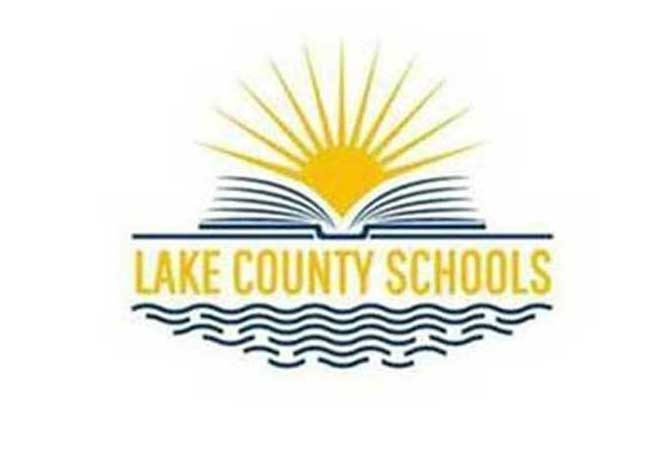One of the most important things Lake County Schools can do with an allocation of federal funds is expand tutoring for underperforming students who suffered learning losses because of disruptions resulting from the COVID-19 pandemic, local stakeholders said in a recent survey.
Survey participants also indicated a strong preference for using the money for refurbishing district facilities by replacing flooring, adhesive and caulking that contain asbestos; increasing school budgets for science, career technical education and the arts; and providing recruitment and retention bonuses for employees.
District leaders used the survey results, along with the projected cost of each project, to develop a proposed spending plan. A draft of the plan is posted on the district website at www.lake.k12.fl.us/ESSER3Funding . The School Board will review the draft at a workshop at 9:30 a.m. Monday, Nov. 29.
The survey was created using a list of projects that a committee of community stakeholders said could benefit from federal funds recently allocated through the American Rescue Plan (ARP) for Elementary and Secondary School Emergency Relief (ESSER). ARP ESSER funds were provided to state educational agencies and school districts to help safely reopen and sustain the safe operation of schools and to address the impact of the COVID-19 coronavirus pandemic on the nation’s students.
The state was asked to distribute the funds in three major installments — ESSER I, ESSER II and ESSER III. Recipients are given rules on how the money can and cannot be spent. Lake County Schools spent ESSER I funding on Chromebooks, software for classroom and distance learning, personal protective equipment, additional cleaning services, temperature scanners for schools and extra nurses, among other expenses. The district spent ESSER II funding on summer programs and preparations for the beginning of the current school year, software to keep students connected, additional instructional support, additional VPK classrooms, custodial supplies, cleaning services and more.
The stakeholder committee, which includes parents, students and district employees, met earlier this month to brainstorm the best ways to spend ESSER III funding, the largest distribution, which totals about $88 million. About $15 million will go to charter schools and about $73 million is earmarked for traditional public schools. Private schools receive funding separately.
The community was invited to prioritize the projects on the committee’s list by taking the survey, which was emailed to parents, employees and local media, and promoted on the district’s website and social media pages. About 1,900 people participated.
The survey was divided into three sections — Learning Losses, Facility Improvements and Other Expenditures — each with its own list of projects. Survey participants ranked each project on a scale of 1 to 5, with 1 being the lowest priority and 5 being the highest. The scores were tallied for each project.
At least 20 percent of the funding allocation is to be used to address learning losses. The community’s highest-ranking projects in this area were:
· Expand tutoring for underperforming students (about $500,000)
· Increase school budgets for science, CTE, arts, etc. (cost TBD)
· Additional content intervention teachers (about $2.3 million)
The funding can also be used on facility repairs and improvements that help schools reduce the risk of virus transmission and exposure to environmental health hazards. The community’s highest-ranking projects in this area were:
· Replace flooring, adhesive and caulking containing asbestos. (about $3-5 million)
· Replace roofing compromised by moisture. (about $5.5 million)
· Replace carpet with mold resistant flooring. (about $2.9 million)
The funding can address activities that are necessary to maintain the operation of services in schools as well. The highest-ranking projects under New Ideas were:
· Recruitment and retention (about $6.5 million)
Cross-job pay/incentives for existing employees to work beyond their normal hours (cost
TBD)
· Bonuses for bus drivers and bus monitors (cost TBD)







